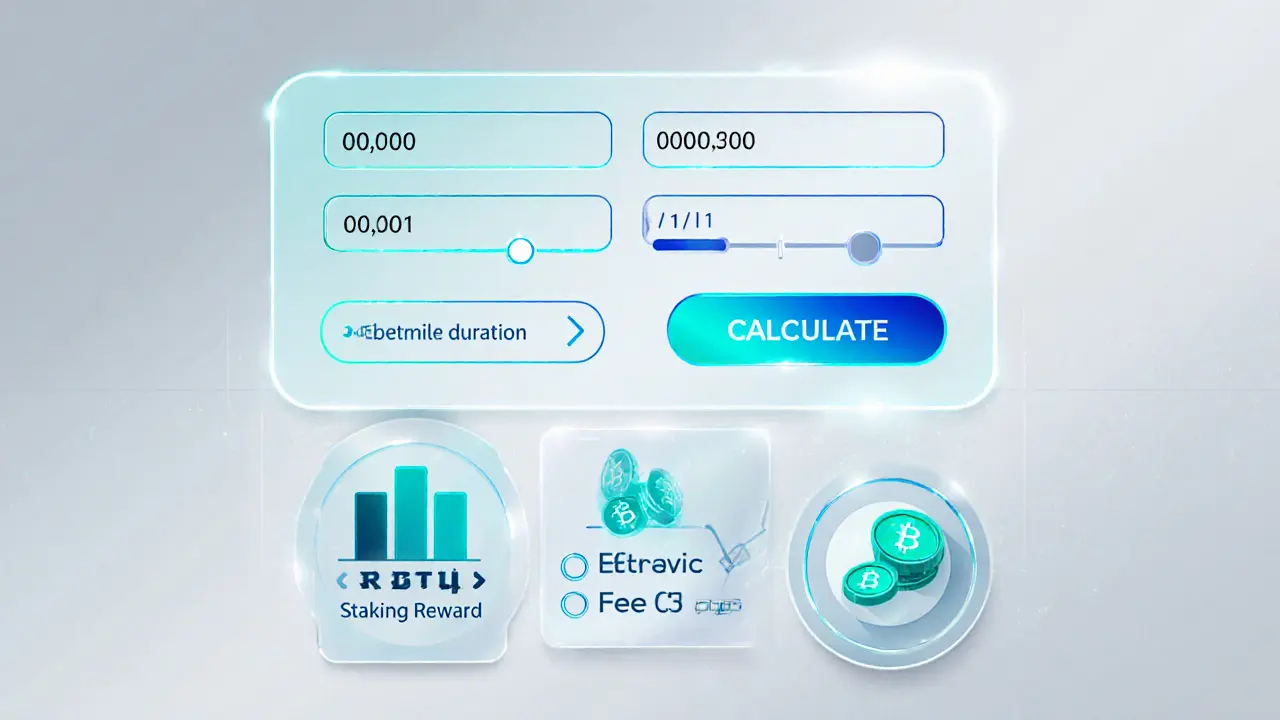Cross-Chain Liquidity
When dealing with cross-chain liquidity, the ability to move and trade assets across multiple blockchain networks while keeping enough market depth. Also known as interoperable liquidity, it is the backbone of modern DeFi trading.
A cross-chain bridge, a protocol that securely transfers tokens from one chain to another provides the first step. Once the asset lands on the destination chain, it usually joins a liquidity pool, a collection of tokens that enables instant swaps without a traditional order book. Those pools are often powered by an Automated Market Maker (AMM), a smart‑contract algorithm that sets prices based on pool ratios. Together they create a continuous flow of assets, allowing users to swap Bitcoin on one chain for an ERC‑20 token on another with just a few clicks.
Why It Matters for Traders and Developers
In practice, cross-chain liquidity solves two big problems. First, it eliminates the friction of moving funds manually between wallets, which can be slow and costly. Second, it brings price efficiency: when multiple bridges feed the same liquidity pool, arbitrage bots can keep prices aligned across chains. Projects like Ren (REN), a bridge and token that enables trustless cross‑chain transfers illustrate how a single protocol can act as both bridge and liquidity source. The result is a more resilient ecosystem where a single shock on one chain doesn’t cripple the whole market.
For developers, designing a bridge means handling security (preventing double spends), ensuring finality (confirming transactions on both chains), and offering a user‑friendly interface. For liquidity providers, the goal is to supply enough depth to handle large trades while earning fees from the AMM. Both sides rely on smart contracts that are audited, transparent, and upgradeable. As the DeFi space matures, we see more hybrid models where bridges, pools, and AMMs share codebases, reducing duplication and improving security.
Below you’ll find a curated collection of articles that dive deeper into each piece of the puzzle—licensing requirements for crypto services, token‑specific guides, exchange reviews, and regulatory insights—all tied together by the theme of cross‑chain liquidity. Whether you’re a trader looking for the next low‑slippage swap or a dev building the next bridge, the posts ahead give practical steps, real‑world examples, and the latest market analysis to help you stay ahead.

Orderly (ORDER) Crypto Coin Explained - What It Is and How It Works
Dec 9, 2024, Posted by Ronan Caverly
Explore Orderly (ORDER) crypto coin: its purpose, architecture, token utilities, security features, market position, and how to buy and stake it in 2025.
MORESEARCH HERE
Categories
TAGS
- decentralized exchange
- crypto exchange review
- cryptocurrency
- crypto coin
- CoinMarketCap airdrop
- smart contracts
- tokenomics
- cryptocurrency exchange safety
- crypto exchange
- cryptocurrency airdrop
- crypto airdrop
- cryptocurrency exchange
- crypto airdrop guide
- blockchain token distribution
- DeFi
- crypto exchange scam
- crypto airdrop 2025
- Ethereum
- cross-chain interoperability
- ERC-20
